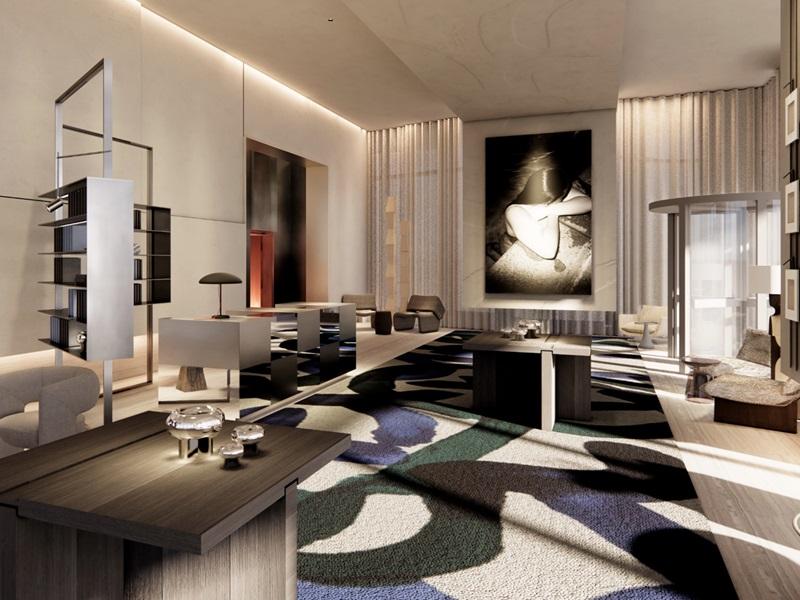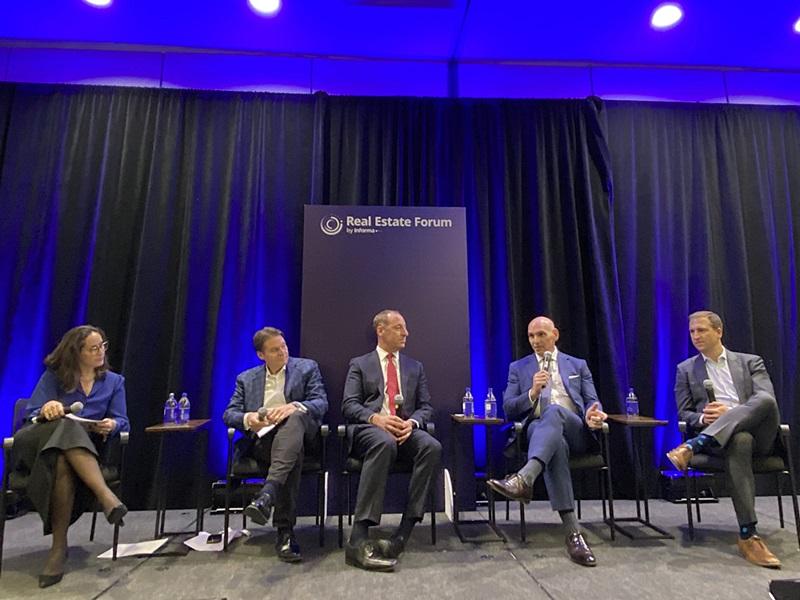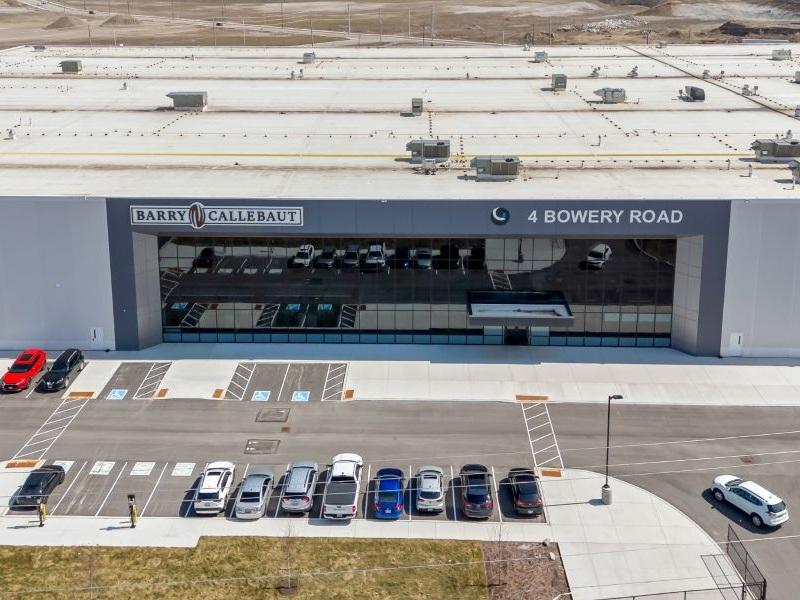As Canada continues to face a worsening housing affordability crisis, developers, policymakers and industry leaders are searching for meaningful solutions that address both supply shortages and affordability challenges.
One promising yet often overlooked strategy is the development of more three-bedroom, purpose-built rental (PBR) apartments. These larger units are not just for families anymore.
They are quickly becoming a cornerstone of urban housing affordability, driven by the rise of co-living among young professionals.
Co-living: An emerging reality
Julian Battiston, CEO of Oben Group, a Greater Toronto Area apartment developer, highlights this shift.
"We are seeing a growing trend in Toronto’s rental market where affordability constraints are pushing young professionals to co-live as a practical alternative to living alone. These tenants prioritize access to transit, lifestyle amenities and modern finishes, and are willing to trade private square footage for shared, well-designed space," he explained. "Developers who think of three-bedroom apartments solely as family housing are missing the mark – the reality is, these units are becoming an essential housing typology for urban affordability."
Data backs this up. According to CMHC, Toronto’s rental market is critically undersupplied, particularly for larger units. Young people aged 25 to 35, earning a median income of about $52,000 annually, face rents averaging $3,200 per month for a three-bedroom unit.
Alone, that rent is unattainable. But shared among three roommates, the cost drops to just over $1,000 each — a price point that fits within their affordability threshold.
In fact, CMHC reports a seven per cent increase in shared accommodation listings year-over-year in 2024, reflecting this growing trend toward co-living.
The shortage of three-bedroom supply
Despite the demand, supply remains a major issue. Only 10 per cent of new rental units in 2021 featured three or more bedrooms, while nearly 40 per cent of Toronto households consist of three or more people.
This imbalance forces not just families, but also groups of unrelated renters into smaller, less suitable units, leading to overcrowding and reduced quality of life.
Purpose-built rentals are uniquely positioned to meet this need, yet few developers are capitalizing on the opportunity. Most continue to build one- and two-bedroom units or condominiums aimed at investors, leaving a significant gap in the market.
Developer hesitations and market realities
Developers are often hesitant to build larger units for several reasons.
Three-bedroom apartments typically have higher construction costs and lower rent per square foot compared to smaller units. There are also concerns about increased turnover and potential wear and tear from roommate households.
However, these barriers can be mitigated.
Purpose-built, three-bedroom units can command stable occupancy rates when designed with flexibility and durability in mind. By offering layouts that include multiple bathrooms, soundproofed walls and larger common areas, developers can enhance the living experience for both families and roommate groups.
Additionally, larger units appeal to a broader demographic, including multigenerational households, which are also on the rise.
Design innovations that make the difference
Forward-thinking design is key to making three-bedroom units financially viable and attractive to renters. Developers should consider:
- Multiple bathrooms: Two or more bathrooms reduce friction among roommates and make the unit more functional for families.
- Flexible common areas: Open-concept kitchens and living spaces that can double as work-from-home zones increase usability.
- Soundproofing and privacy features: Thoughtful layouts that separate bedrooms and include acoustic treatments can improve tenant satisfaction and reduce turnover.
- In-suite storage and laundry: Essential for both families and groups of adults sharing a space.
Locating these units near transit and lifestyle amenities further increases their appeal, meeting the priorities of urban renters who value connectivity and convenience.
The economic and social case
Increasing the supply of three-bedroom PBR apartments supports broader economic and social goals.
Economically, more rental supply can help moderate rent growth, which, while slowing to 2.7 per cent in 2024, remains a significant burden for many. Affordable rental options attract and retain young talent, supporting Toronto’s role as a hub for innovation and growth.
Socially, larger units reduce overcrowding, improving mental health and quality of life for renters. They accommodate diverse household types, from roommates to families, fostering more inclusive and stable communities.
Moving forward
Canada’s affordability crisis demands innovative and targeted solutions. Building more three-bedroom, purpose-built rental apartments is one such solution. These units meet the practical needs of young renters, provide flexibility for a range of household types, and help stabilize urban rental markets.
With government incentives, zoning reforms and forward-thinking development strategies, the industry can overcome traditional barriers and unlock new opportunities.
We're committed to helping developers navigate these complexities and bring much-needed housing supply to market.
As we continue to work with clients across Canada, we encourage developers to rethink the role of the three-bedroom apartment. It’s not just family housing — it’s a cornerstone of urban affordability and community resilience.
Let’s build more of them.







